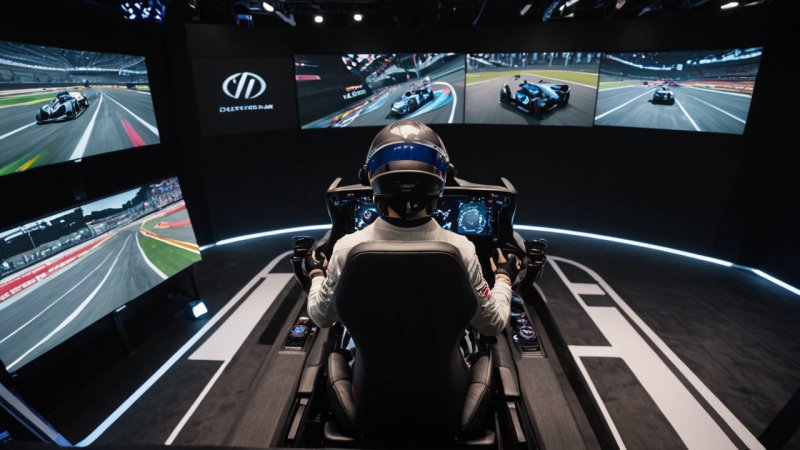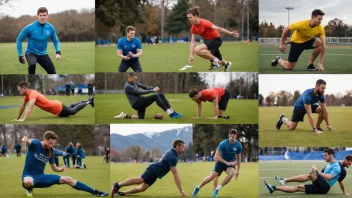Introduction
Simulation training has become a game-changer in the realm of motorsport. This article will guide you through the numerous benefits of simulation training for motorsport athletes, helping you understand how it can enhance your performance on the track while ensuring your safety. We will cover the basics of what simulation training involves, the various advantages it offers, and detailed steps on how to effectively incorporate it into your training regimen.
Step 1: Understand What Simulation Training Is
Simulation training involves the use of advanced technology to create realistic racing environments. This can include software that mimics real-world driving conditions, virtual reality setups, and motion simulators. The primary goal is to replicate the experience of driving a race car without the inherent risks associated with actual racing.
Benefits of Simulation Training
- Risk Reduction: Practicing in a controlled environment helps athletes avoid injuries.
- Enhanced Skill Development: Athletes can refine their driving techniques and strategies without the pressure of competition.
- Data Analysis: Simulators often provide detailed feedback on performance, enabling targeted improvements.
Step 2: Choose the Right Simulation Equipment
Investing in the right equipment is crucial for maximizing the benefits of simulation training.
Types of Simulation Equipment
- Racing Simulators: These range from basic setups with a steering wheel and pedals to advanced motion simulators.
- Virtual Reality Headsets: VR technology can provide an immersive experience, making the training feel more realistic.
- Software Programs: Look for programs that offer realistic physics, various tracks, and vehicle options.
Step 3: Develop a Structured Training Plan
Creating a structured training plan is essential for effective simulation training. This ensures that athletes focus on specific areas of improvement.
Components of a Training Plan
- Goal Setting: Establish clear objectives for what you want to achieve through simulation training.
- Schedule: Dedicate specific times during the week for simulator practice.
- Variety: Incorporate various types of training sessions, such as time trials, race simulations, and skill drills.
Step 4: Incorporate Realistic Scenarios
To make the most of simulation training, it’s important to incorporate realistic scenarios that mimic actual race conditions.
Creating Realistic Scenarios
- Track Selection: Choose tracks that you will be racing on in the upcoming season.
- Weather Conditions: Adjust the simulator settings to reflect various weather conditions, such as rain or fog.
- Race Strategies: Practice different race strategies, including pit stops and overtaking maneuvers.
Step 5: Analyze Performance Data
After each simulation session, take the time to analyze the performance data provided by the simulator.
Data Analysis Techniques
- Lap Times: Compare your lap times against previous sessions to track improvement.
- Telemetry Data: Review telemetry data to identify areas for technical improvement, such as braking points and throttle control.
- Feedback Loops: Use the data to create a feedback loop, continually refining your training approach based on insights gained.
Step 6: Combine Simulation with Real-World Practice
While simulation training is beneficial, it should be complemented with real-world practice to build muscle memory and adaptability.
Balancing Both Training Modes
- Track Days: Participate in track days to apply skills learned in the simulator.
- Physical Conditioning: Maintain a fitness regime that prepares you for the physical demands of racing.
- Feedback from Coaches: Use insights from coaches during real-world practice to refine techniques learned in simulations.
Summary and Final Advice
Simulation training offers motorsport athletes a unique opportunity to enhance their skills while minimizing risks. By understanding what simulation training entails, choosing the right equipment, developing a structured plan, incorporating realistic scenarios, analyzing performance data, and balancing simulation with real-world practice, athletes can significantly improve their performance on the track.
Incorporate these steps into your training routine, and remember that consistency and dedication are key. Stay safe, train smart, and embrace the technology that can propel you to the next level in your motorsport career.






